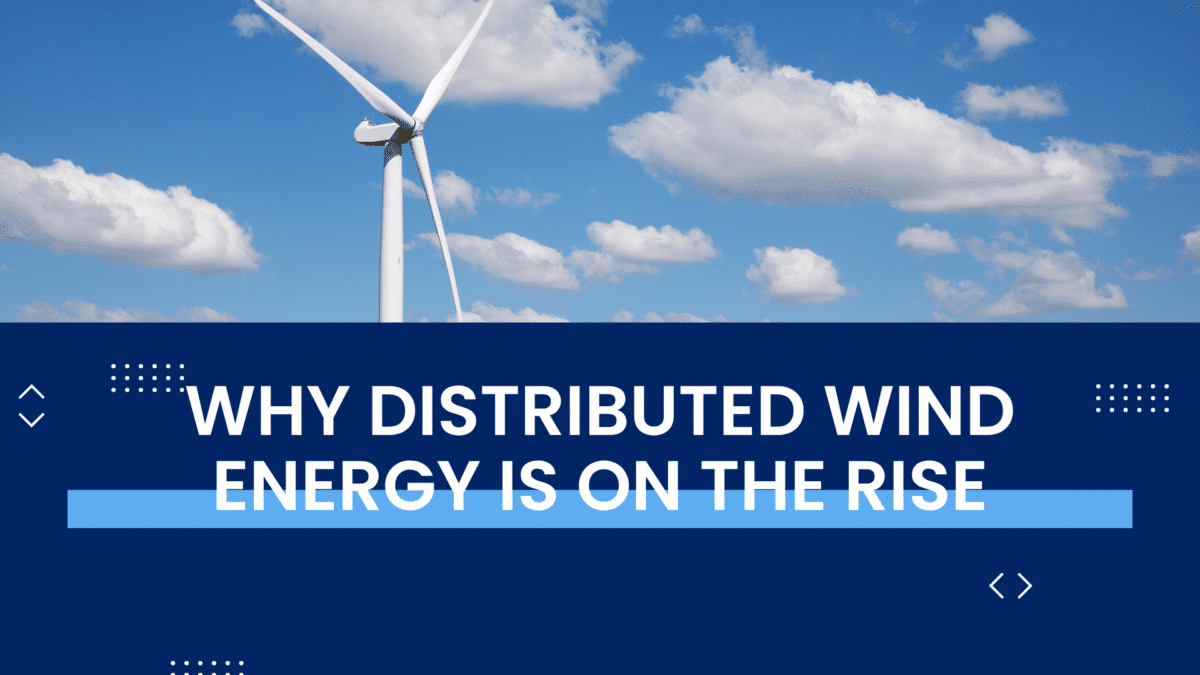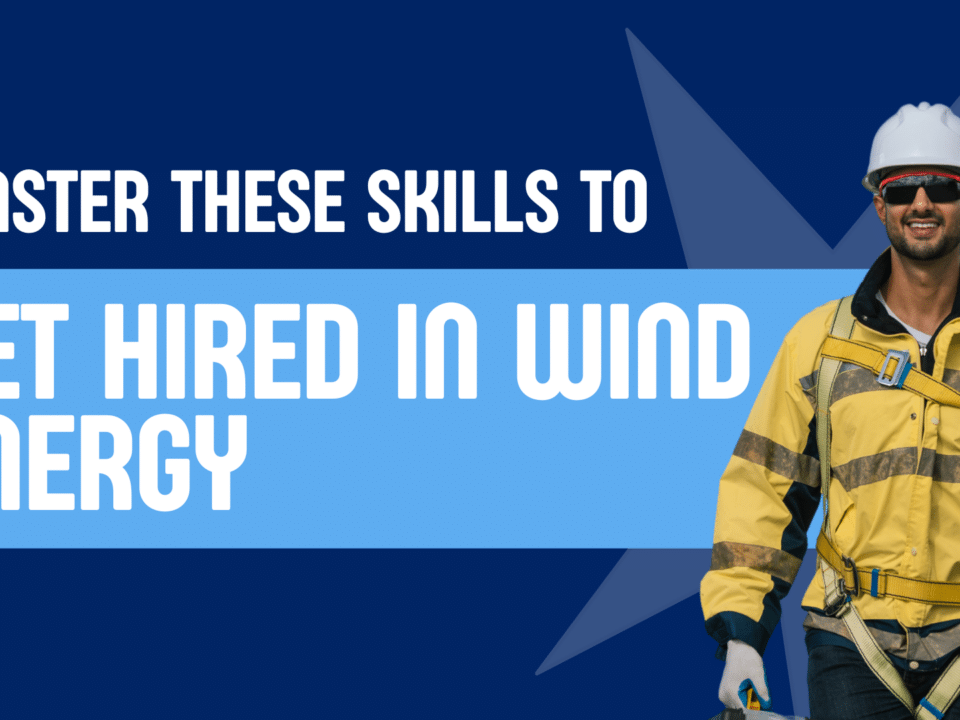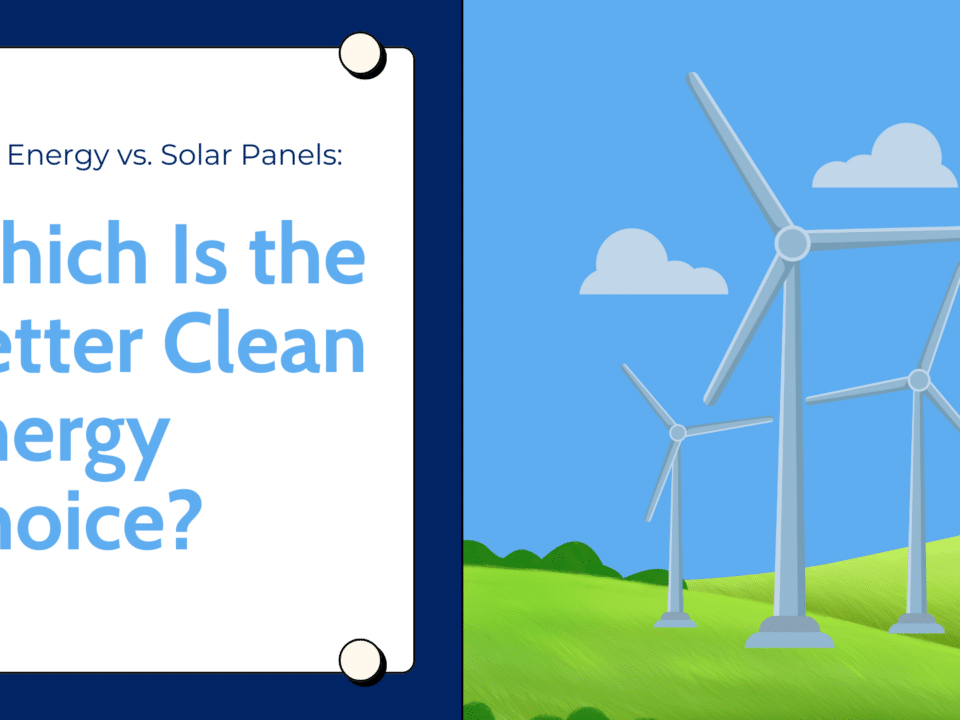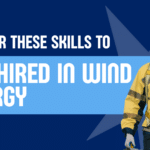
Top Skills Employers Look For in Wind Turbine Technicians
June 3, 2025
What Is GWO Certification?
August 13, 2025As the world shifts toward more sustainable energy sources, distributed wind energy systems are gaining attention as a practical, eco-friendly, and cost-effective solution. Unlike large utility-scale wind farms that deliver electricity across long distances, distributed wind energy systems generate power on-site or near where it’s used—perfect for homes, farms, schools, and small businesses.
In this blog, we’ll break down what distributed wind energy is, how it works, and why it’s becoming a popular renewable energy choice across the U.S.
What Is a Distributed Wind Energy System?
A distributed wind energy system refers to wind turbines installed directly at or near the location where the electricity they produce will be used. These systems are also known as on-site wind power systems or small wind systems, and they typically range in size from less than 1 kilowatt (kW) for a single home to up to 100 kW or more for larger facilities like farms or schools.
Key characteristics of distributed wind systems include:
- Located on-site or within a local distribution network
- Independent or grid-connected operation
- Designed for local energy needs, not mass distribution

How Distributed Wind Systems Work
Small wind turbines harness the wind’s kinetic energy using blades that spin a rotor, which turns a generator to produce electricity. This electricity can be used immediately on-site, stored in batteries, or fed into the local utility grid via net metering programs.
Depending on the location and wind resource, these systems can be mounted on rooftops, towers, or integrated into hybrid systems alongside solar panels or backup generators.

Benefits of Distributed Wind Energy
Energy Independence
Homeowners and businesses using distributed wind systems rely less on utility companies, reducing the impact of power outages and rising electricity rates.
Lower Energy Bills
After the initial installation cost, many users experience substantial savings through reduced monthly energy costs or by returning excess power to the grid.
Sustainability
Distributed wind is a clean energy source that helps reduce carbon emissions, supports national climate goals, and improves local air quality.
Rural Empowerment
Small wind turbines provide a reliable energy source for farms and rural communities in areas where infrastructure may be limited or expensive to upgrade.
Job Creation
The growing interest in small wind systems opens up career paths for wind turbine technicians, installers, and renewable energy consultants.
Who Uses Distributed Wind Systems?
Distributed wind energy is ideal for:
- Homeowners in rural or windy areas
- Farmers looking to power irrigation systems, barns, or equipment
- Schools and campuses aiming for sustainability goals
- Tribal lands and remote communities with limited access to grid power
- Commercial and industrial sites seeking to lower energy costs and carbon footprints
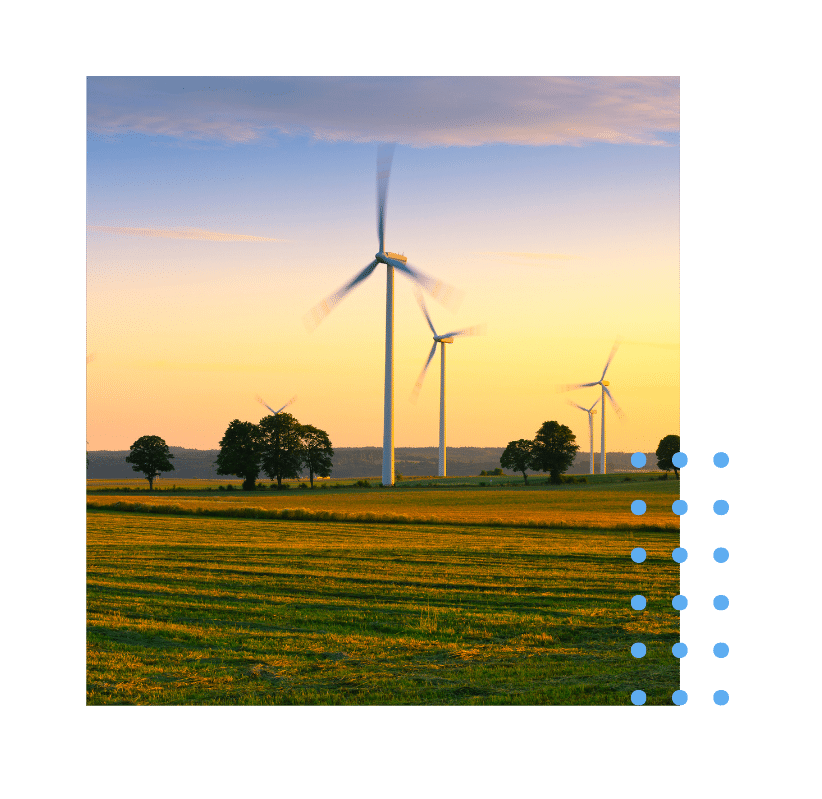
According to the U.S. Department of Energy, over 80,000 distributed wind turbines have been installed in all 50 states. This growing trend shows the potential for community-scale wind energy in diverse environments.
Distributed Wind vs. Utility-Scale Wind
Distributed wind systems are designed for local use and can operate independently or with grid support. They use smaller turbines and are typically installed at the site of consumption. In contrast, utility-scale wind farms use larger turbines and deliver electricity over long distances through transmission lines to power entire regions or cities.
Train for a Career in Wind Energy
If the rise of distributed wind energy inspires you and you want to be part of the solution, consider training as a wind turbine technician. We offer hands-on, industry-aligned programs at Wind Trade Academy that teach you how to install, maintain, and troubleshoot distributed and utility-scale wind systems.
Our training includes:
- Mechanical and electrical systems
- Climbing and safety protocols
- Real-world troubleshooting practice
- Certifications aligned with GWO standards

Looking Ahead
Distributed wind energy is more than a trend—it’s a localized clean energy solution that can transform communities, reduce utility dependence, and empower individuals to take control of their energy future. With wind technology becoming more affordable and reliable, now is the perfect time to learn how to harness its power.
Ready to Launch Your Wind Tech Career?
Join Wind Trade Academy and gain the technical skills to thrive in the growing wind energy sector. Whether you’re passionate about sustainability or excited by high-tech systems, there’s a place for you in this industry.

